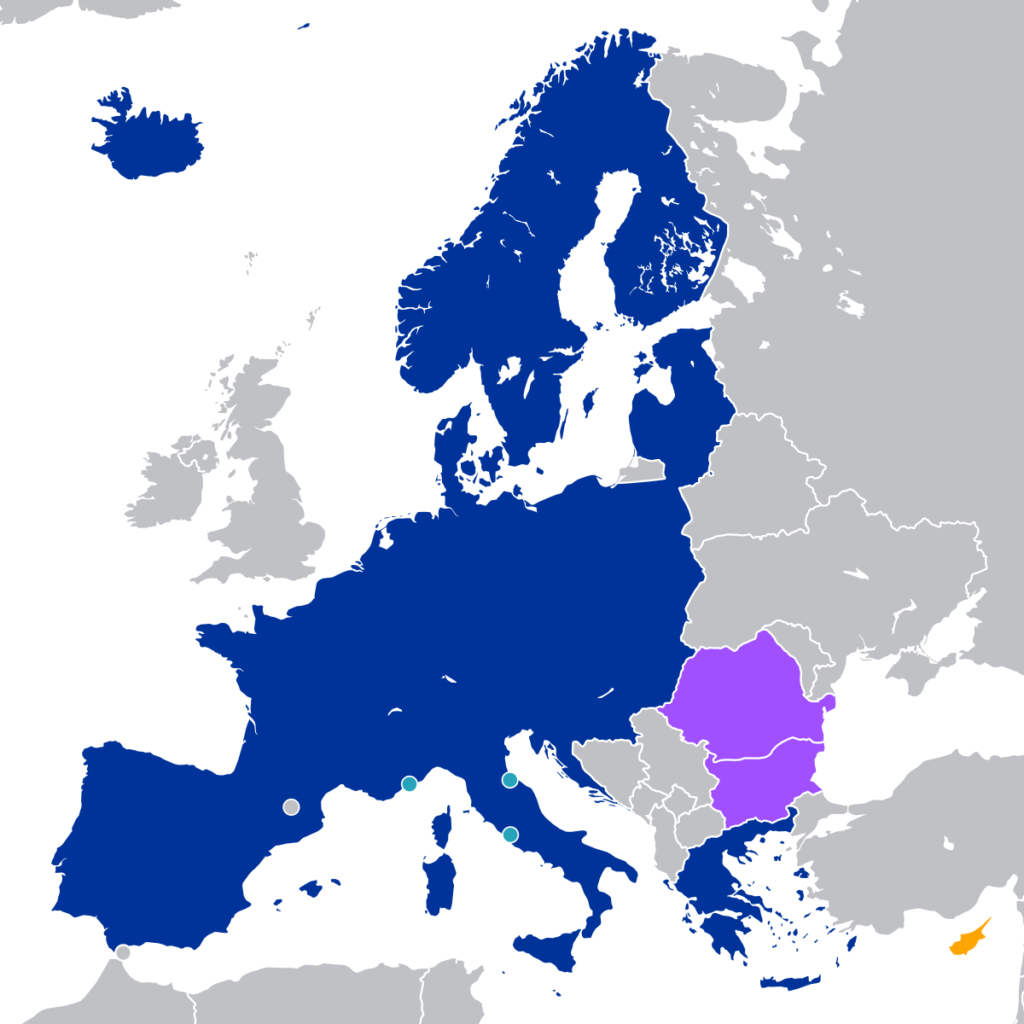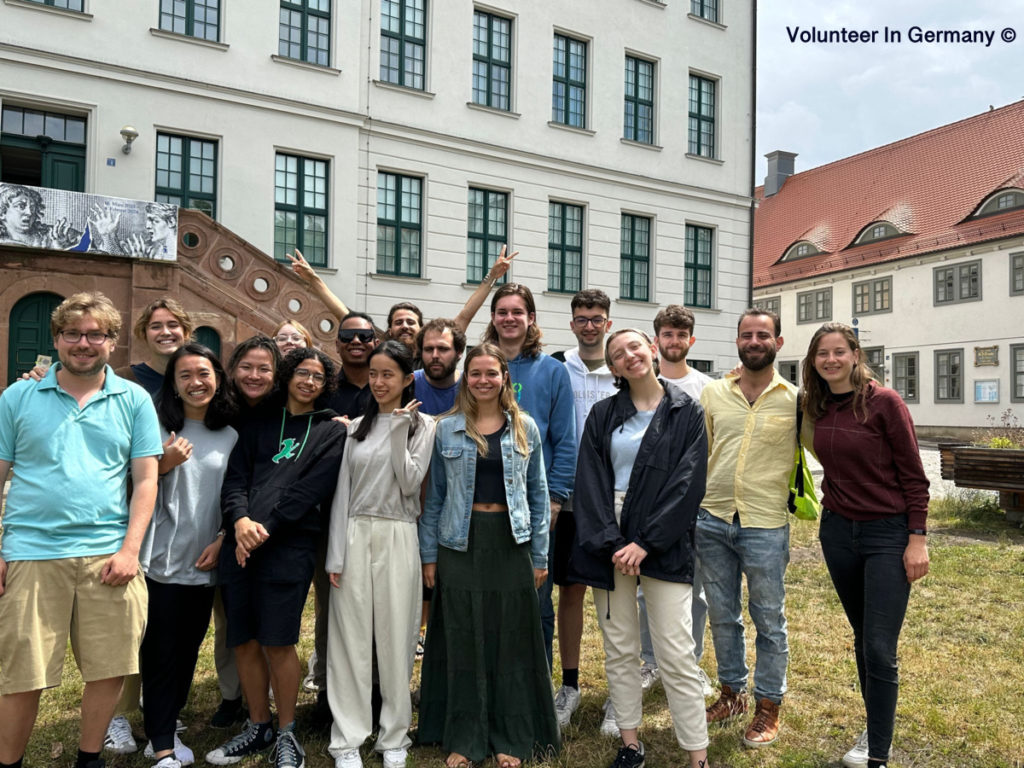One of the most important things to sort out if you want to come to Germany is the entry visa. Germany, like many countries in the world, requires a visa to enter its territory. In this article, we will explain clearly three main topics; the Schengen Visa, the visa-free program, and how to apply for a visa for Germany.
What if I live in a Schengen area or if I have a Schengen visa?
Schengen is an agreement between most European countries that allows the elimination of border controls between participating countries. This agreement strengthens control of the external borders with non-Schengen neighboring states. The agreement was signed by a group of 26 countries, including four non-EU members (Iceland, Liechtenstein, Norway, and Switzerland).

There are also three countries belonging to the European Union but not within the Schengen region. These countries are Croatia, Cyprus, and Ireland. There are also three small states de facto within this region because they have no control over their borders with the countries of the region such as Monaco, San Marino, and the Vatican. Schengen allows about 400 million EU citizens, as well as legal residents, to move freely through member states.
What is the visa-free program?
This is the program that allows people from certain countries to enter the Schengen area without a visa for up to three months. For example, a historic agreement between Ukraine and Europe was recently signed in May 2017, giving Ukrainian biometric passport holders the possibility of visa-free access to the participating EU countries and the Schengen area.
The legal provisions have entered into force on 11 June 2017. However, the decision to exempt Ukrainians from entry visas to all EU countries doesn’t include Britain, Ireland, Iceland, Norway, Liechtenstein, and Switzerland.
Countries that enjoy the visa-free program
Ukraine is not the only country that enjoys this kind of system. Many other countries also partake, such as Albania, Andorra, Antigua and Barbuda, Bahamas, Barbados, Bosnia and Herzegovina, Brunei Darussalam, Canada, Chile, Colombia, Costa Rica, Dominica, El Salvador, Guatemala, Honduras, Israel, Malaysia, Mauritius, Monaco, Monaco, Montenegro, Nicaragua, New Zealand, Nicaragua, Palau, Panama, Paraguay, Saint Kitts and Nevis, San Marino, the Holy See, Saint Vincent and the Grenadines, Saint Lucia, Samoa, Serbia, Seychelles, Taiwan (with a passport marked Identity), East Timor, Tonga, Trinidad and Tobago, Uruguay and Vanuatu.
People who need a visa to Germany
There are two main types of visas for Germany.
- Firstly there is the Schengen visa. This one is valid for less than or equal to three months. This visa is for tourism, trade, family visits or to learn the German language.
- The second visa is the semi-permanent visa which you may know as “National Visa”. This visa lasts for more than 3 months for a certain specific purpose such as for work, study, or searching for work. The National Visa is provided to people who intend to reside long-term in Germany.
Conclusion on Getting a Visa for Germany
Thus, if you are coming from a country within the Schengen agreement, you don’t need a visa for Germany. If you are coming from a country that is a part of the visa-free program, then you can stay in Germany for up to three months. If you need a visa to Germany, then you need to apply for a Schengen visa.

This visa will allow you to enter and stay in Germany for a maximum period of 3 months (90 days). Having this visa means that you are not allowed to get a job (not even as a freelancer). As a participant in our programs, the Volunteer in Germany can help you get the visa. If you should need it, we can provide you with an invitation letter stamped by the center. This helps you to prove your purpose of visiting Germany.










